Bike Perfect Verdict
SID SL is genuinely superlight, , surprisingly plush yet predictably controlled and top value but options are limited
Pros
- +
Super light
- +
Impressive damping
- +
Sensitive once moving
- +
Well priced
- +
Good tire clearance
- +
Simple lockout
- +
Torque Cap works great with the right wheel
- +
Multiple lockout options
Cons
- -
Linear without spacers
- -
Tight off the top
- -
Only one size/shape option
- -
Torque Cap is infuriating without the right wheel
Why trust BikePerfect
According to RockShox the SID SL is the ideal fork “when you absolutely, positively need to go as fast as possible” and the podium-tuned performance and super-low weight means we’d probably agree. It’s an easy fork to set up and live with and cracking value, too, but it takes a while to smooth out.
- Best mountain bike forks: the best MTB forks for XC, trail, enduro and downhill
- Best XC forks: the best cross country forks for a lightweight, plush ride
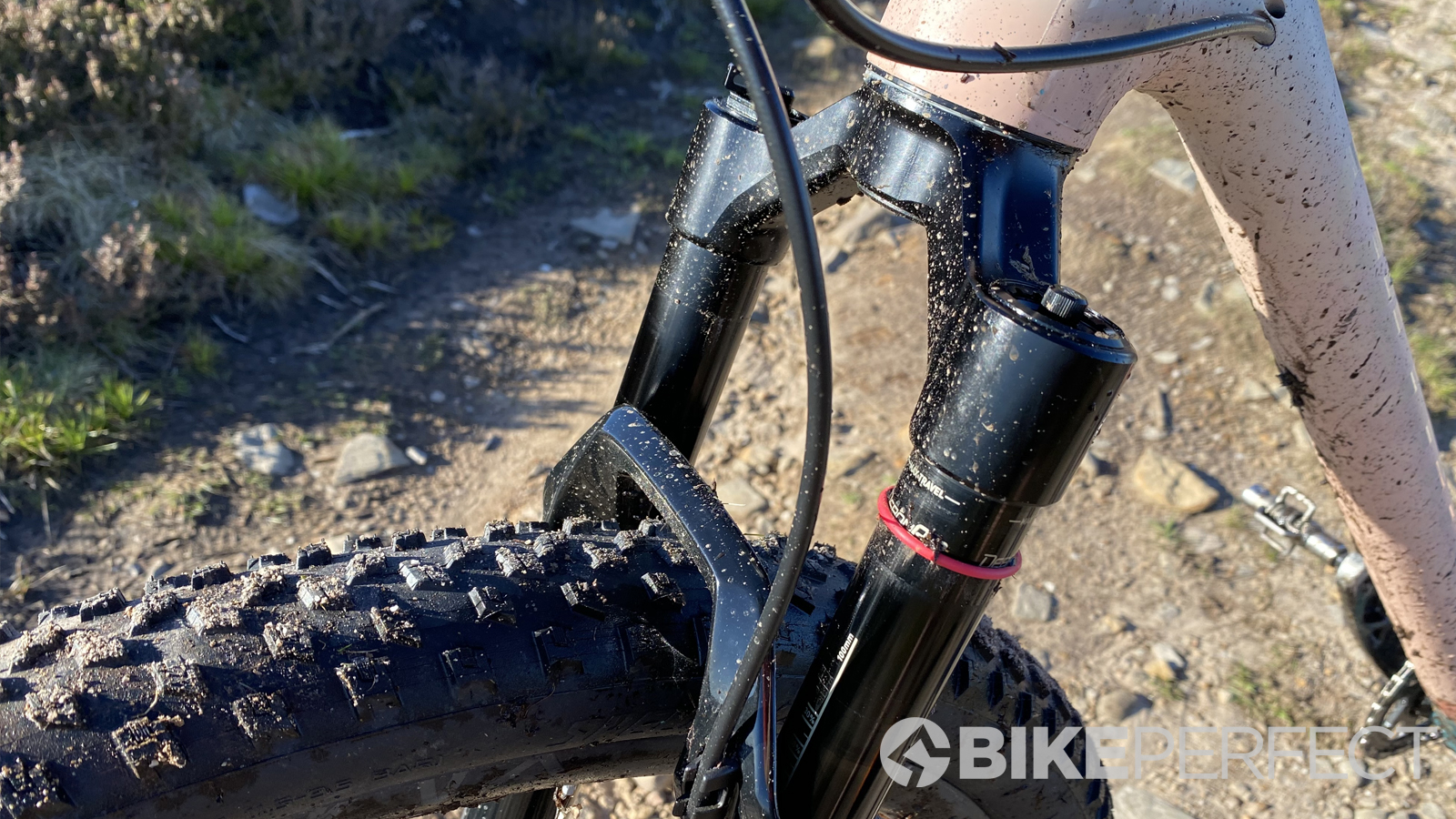

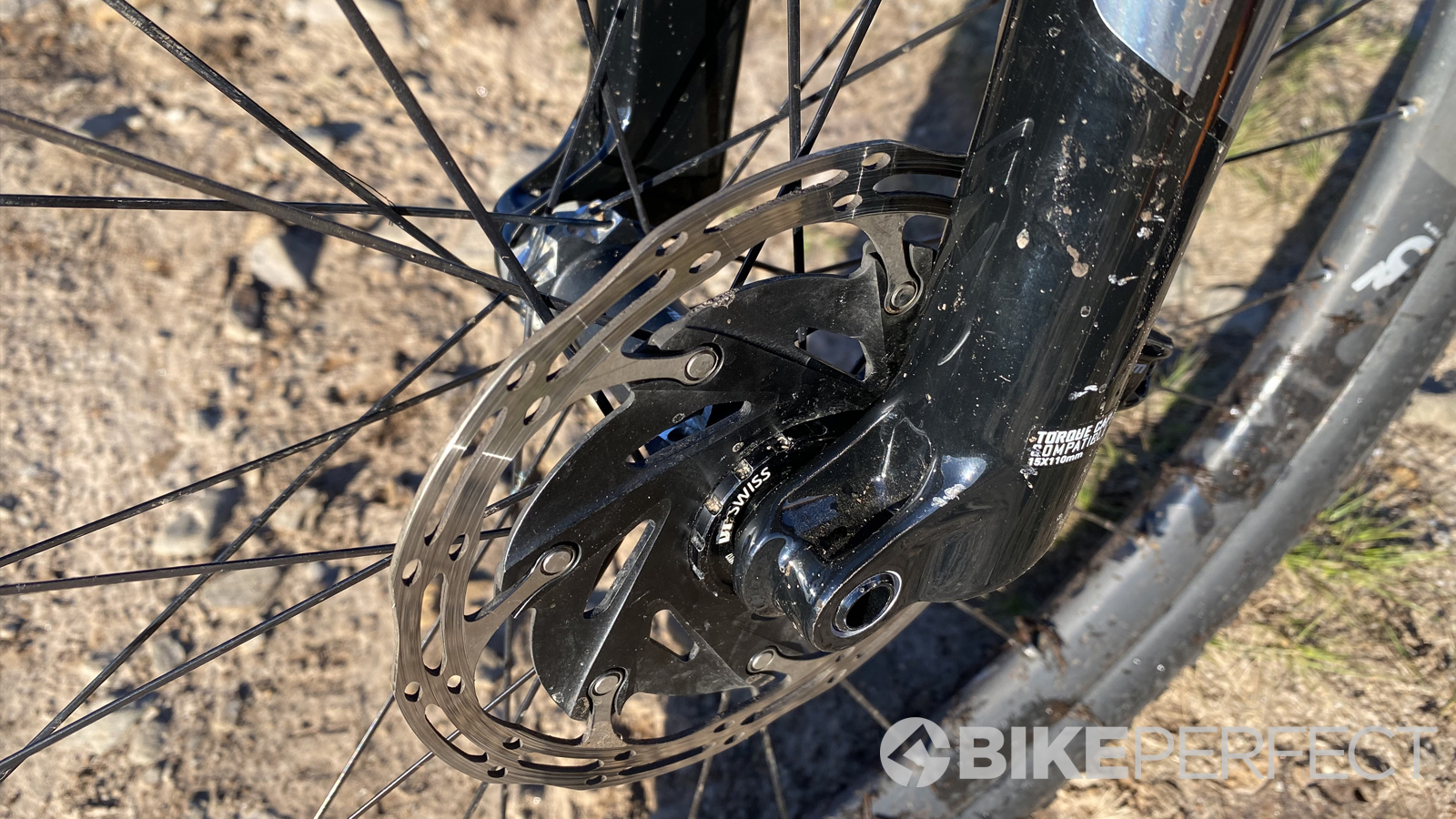
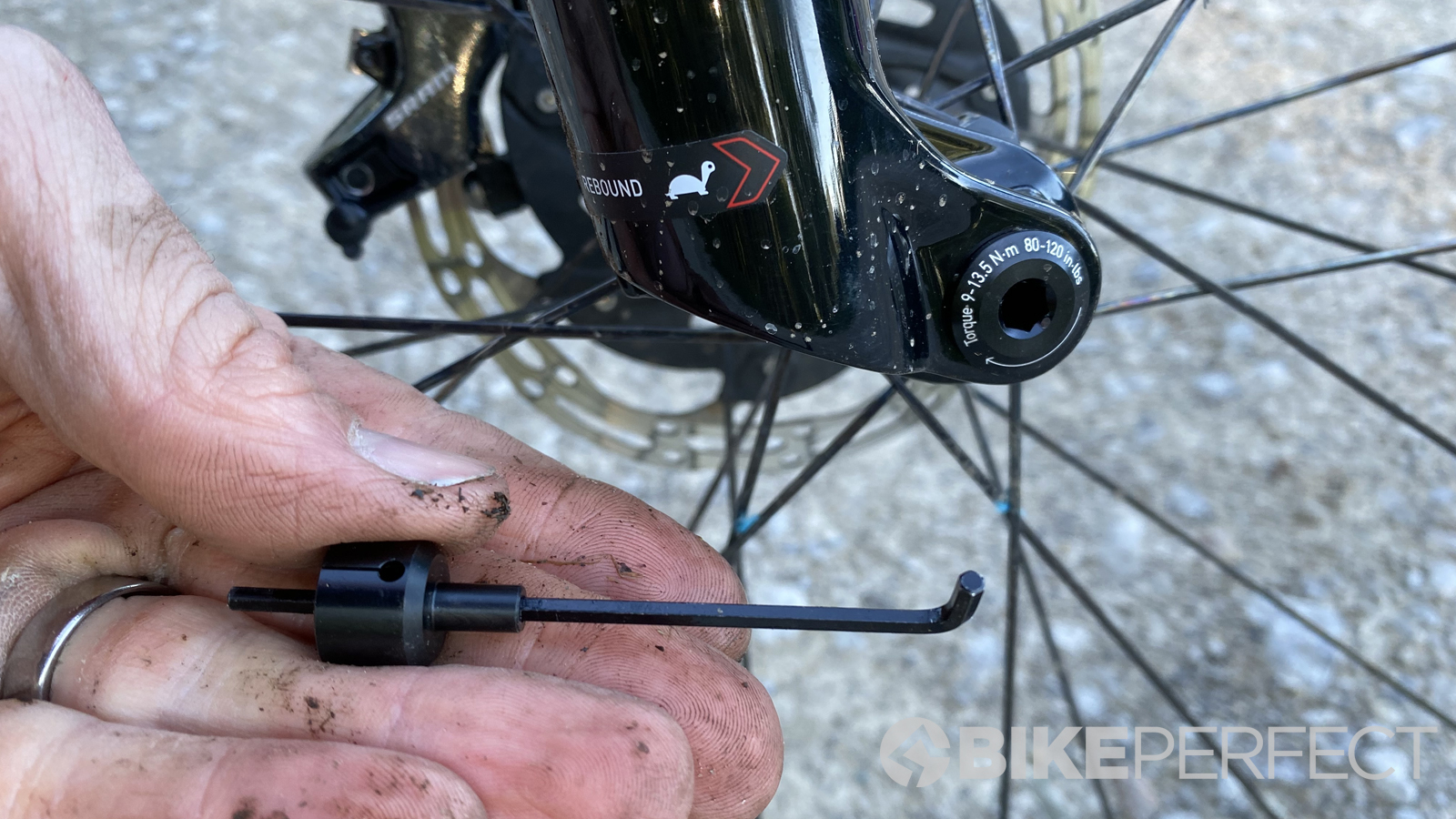
Construction
We’re massive fans of the 35mm legged SID Ultimate 120mm travel ‘downcountry’ fork but while the SL shares a lot of features it’s a very different fork.
For a start, the legs are ‘only’ 32mm and it only comes in a 100mm travel, 29er wheel, 44mm offset format. Those are the stats most XC racers will be after, but it definitely means some riders will be looking to Fox as it offers 51mm offset and 27.5 wheel options on its 32 SC forks. While the lower leg cutaways aren’t as obvious as they are on Fox's SC, the SID SL now has flattened inner sections and a narrower overall stance, too. The dropouts use RockShox’s proprietary Torque Cap oversized inner face to increase stiffness. There’s no bespoke fender like the SID Ultimate and space is tight if you’re using a 2.35in tire so there’s not much room for a clip-on unless you’re using narrow mud rubber. You can fit up to a 200mm brake rotor, too, or direct mount with a 160mm disc though and the hose holding clip is a really neat piece of design. Having reasonably accurate pressures printed on the back of the leg and easy to see sag markers on the stanchion makes ballpark set up straight forward, too.
The Charger Race Day damper has been shrunk right down in volume (losing 100g in the process) and the lockout lever on the right leg top is a tiny metal flag. Alternatively, you can opt for a TwistLoc or PushLoc remote trigger for handlebar actuation. The rebound adjuster is a removable 2.5mm Allen key that plugs into the adjuster halfway up inside the hollow lower legs. That gives an uncut weight of 1,340g (with no volume spacers) which is 100g lighter than an equivalent 32 SC, 140g lighter than the DT Swiss F232 ONE 29 and nearly 200g lighter than the previous SID - an exciting number for racers and gram watchers.
- RockShox forks overview: models, details, pricing and specification
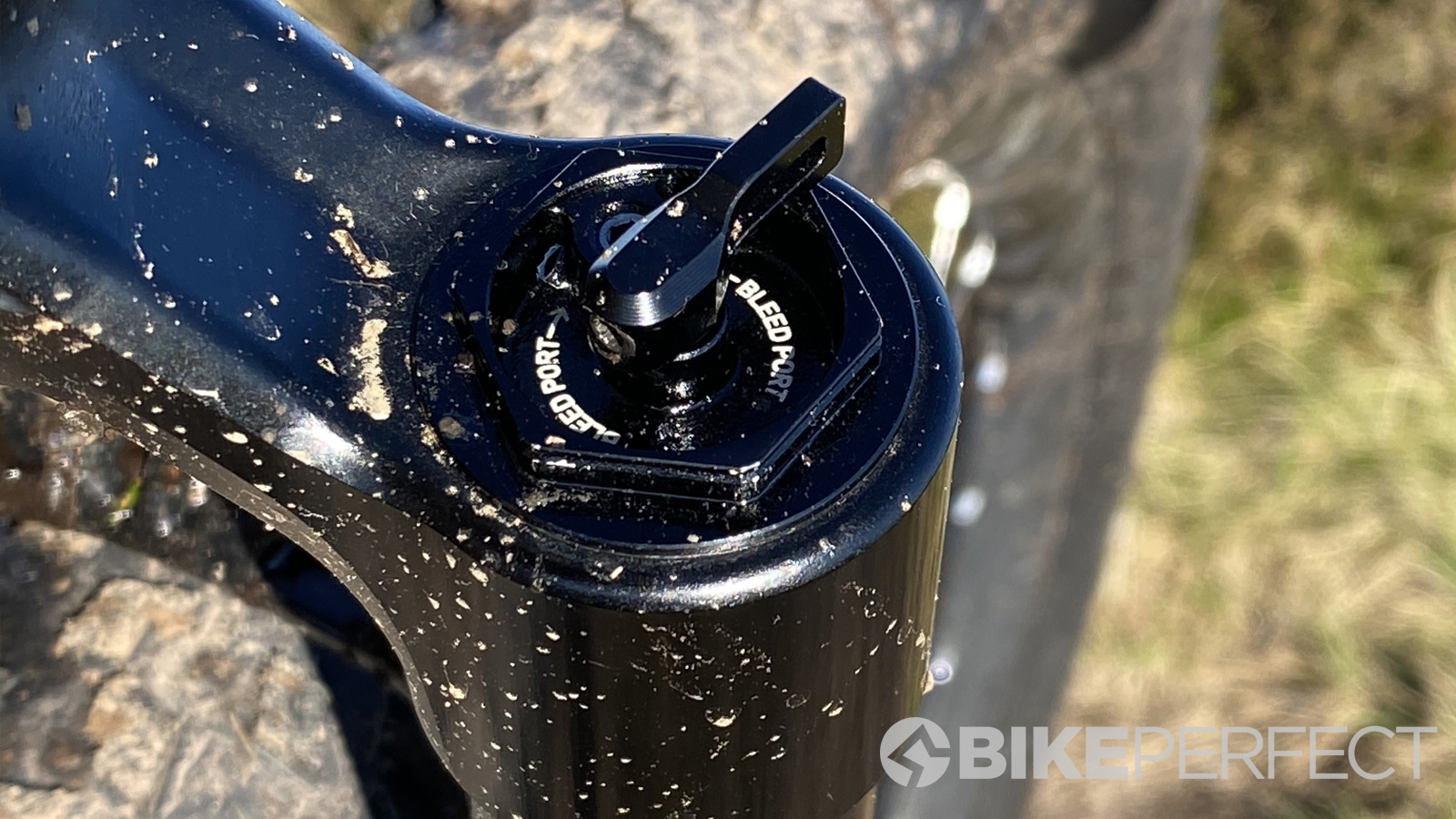
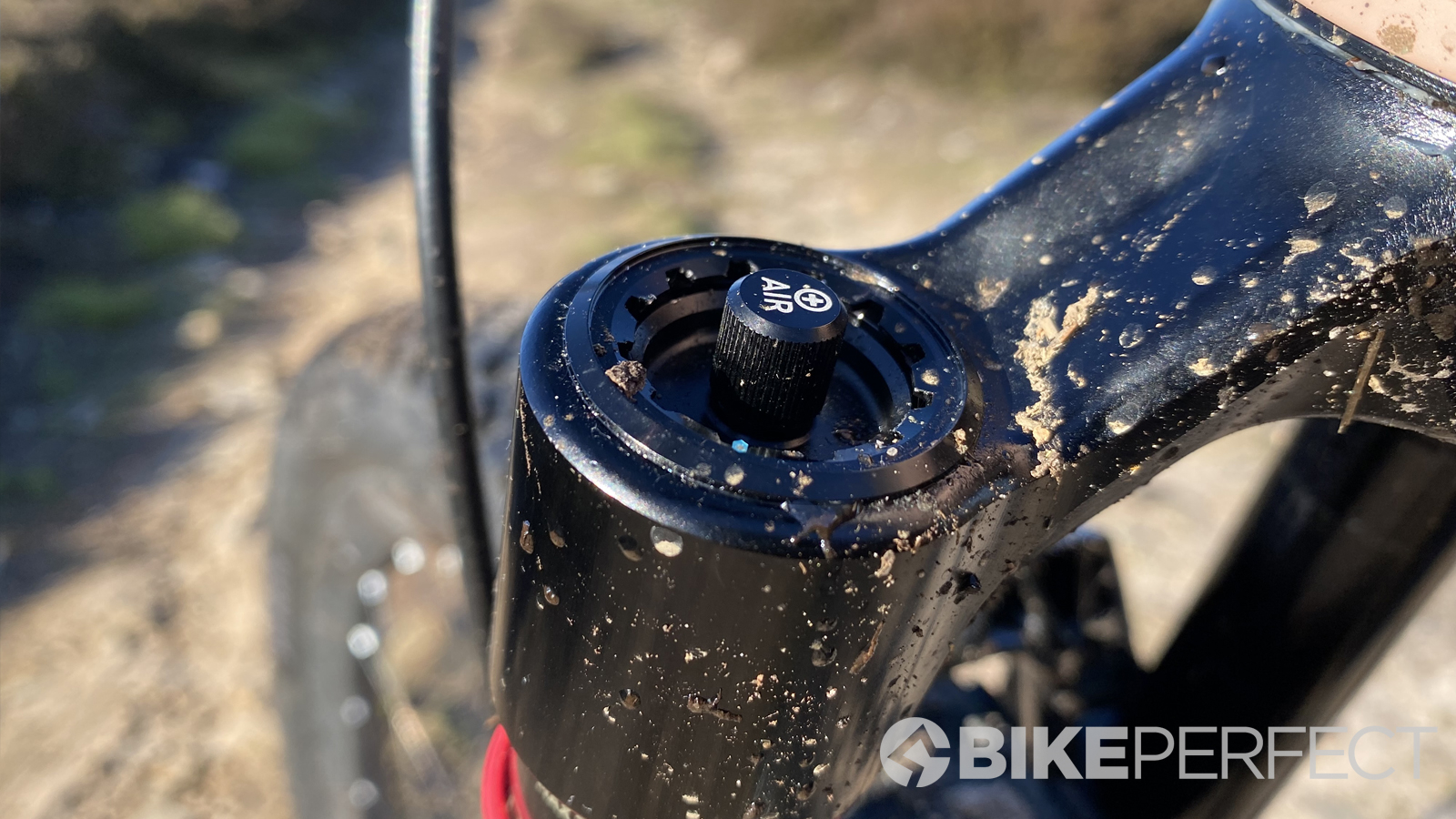
Performance
The first thing you need to know about the SID is that it takes a few rides to really release its full potential. In fact, our initial review said: “the fork naturally sits tall and taut with a notchy breakaway off the top so you’ll need to use lower tire pressures to make it feel comfortable rather than efficiently stubborn.”
Turns out we should have waited before calling it though as we’ve now put several hundred km into a couple of sets and they’re both now running super plush. That’s because once they’ve had enough use to get rid of stiction the Maxima Plush damping fluid and SKF seals give it excellent sensitivity so traction judgment and trail feedback are very clear and precise. The Race Day version of the Charger is also impressively consistent considering its tiny size and you can carry on pushing hard on rocky descents without any worries about the SL getting dizzy. If you’re carving berms and pumping flow trails then the pre-set low-speed damping is enough to keep the fork stable in the mid-stroke, too. The DebonAir spring is naturally very linear though and the high-speed compression damping is more open than most race forks so the red travel marker pushes right up to the heavily machined crown without much provocation if you start clobbering stuff hard.
We’d rather have that than serious spiking issues though and it definitely aligns with the ‘for big hits only’ way most racers set up their suspension. You can add up to three ‘bottomless token’ volume spacers to increase ramp up, too, but each one you add makes a big difference. That meant we settled at one full token and a DIY chopped down 1/3rd volume token at 90psi rather than the recommended 100psi for our 70kg weight. Pressure and tokens are the only way you can control the compression of the fork as the lockout lever is exactly that - a completely solid lockout for rigid-forked sprinting (although it will blow open to protect fork internals and wrists if you forget to switch it off when you’ve finished climbing).
Despite the class-leading weight, cutaway lower legs and slim-arch tracking and braking stiffness are decent and, while it can deflect if you’re pushing hard through off-camber or rooty/rocky sections, it’s never terrifyingly twangy. That level of accuracy is entirely appropriate for a race fork anyway as it’s the super thin wall, Space Hopper bouncy 600g race tires it’s likely to be paired with, not the fork, that will set the technical trail limits of your front end. Combining the SID with a Torque Cap wheel/hub tightens tracking up considerably too so it’s well worth hunting out a wheel with that option if you’re building up a fresh bike.
- Suspension 101: Everything you need to know about your mountain bike suspension dials
- Fox releases redesigned 34 and 34 Step-Cast forks

Verdict
RockShox has done an awesome job of leapfrogging to the front of the pack in terms of weight while improving suspension feel and keeping accuracy competitive for the category. Once you’ve put in enough ride time it’s extremely plush and sensitive too, boosting traction and reducing fatigue on rough terrain - although more aggressive riders will want to add spacers to the linear stroke. Once set up right classy looks, high-volume tire space, top-value pricing, and some really neat features and it’s our new benchmark XC race fork, especially when paired with a Torque Cap hub/wheel.
Tech Specs: RockShox SID SL fork
- Price: $869 / £849
- Stanchion diamter: 32mm
- Weight: 1320g (cut to fit 125mm head tube)
- Travel: 100mm
- Offset: 44mm
- Colors: Ultimate High Gloss Black (tested) and Signature SID Blue

Guy Kesteven has been working on Bike Perfect since its launch in 2019. He started writing and testing for bike mags in 1996. Since then he’s written several million words about several thousand test bikes and a ridiculous amount of riding gear. He’s also penned a handful of bike-related books and he reviews MTBs over on YouTube.
Current rides: Cervelo ZFS-5, Specialized Chisel, custom Nicolai enduro tandem, Landescape/Swallow custom gravel tandem
Height: 180cm
Weight: 69kg

